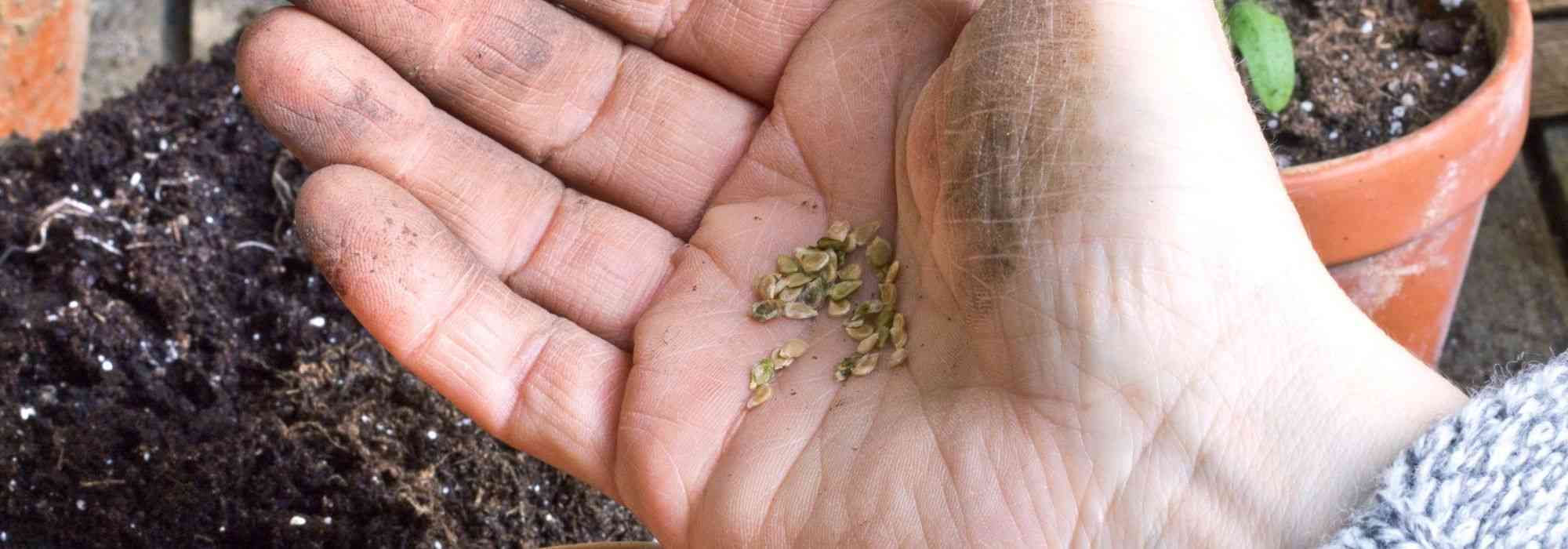
How to know if old seeds are still good for planting?
And how to test them?
Contents
Have you just found a packet of old seeds that you forgot about and are unsure if they are still good? Or perhaps one of your seed packets has an expired use-by date, and you’re wondering whether to try sowing them instead of throwing them away? We explain how seeds expire and what the best tests are to determine if old seeds are still viable.
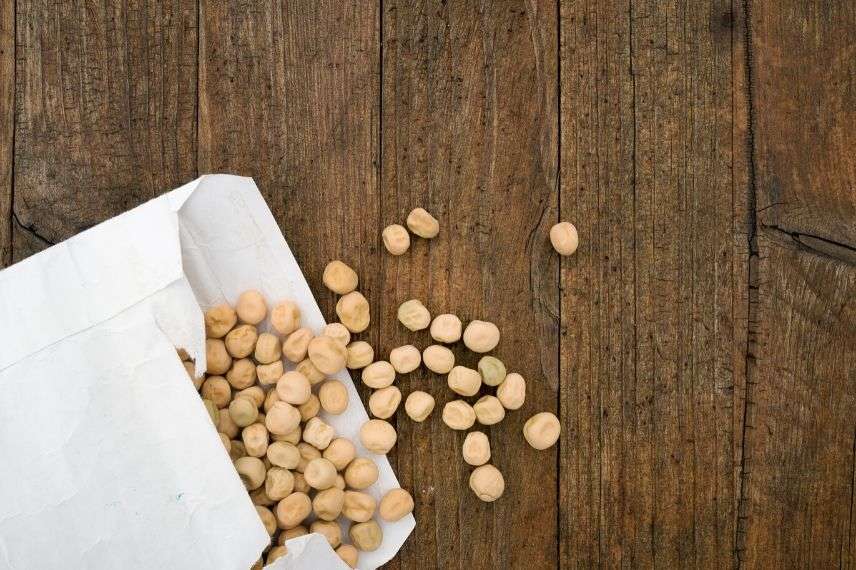
Do seeds expire?
The germination duration of a seed varies from species to species. For example, leek seeds will generally last for 2 years, while cucumber seeds can last for 10 years. It is often the case that seed suppliers put a date on seed packets preceded by the mention “use by”. This mention is not obligatory, but it indicates that until this date, the germination rate of the seeds is at its highest. Generally, once this date has passed, the germination rate of the seeds decreases over time. Your old seeds are therefore mostly still usable with a satisfactory germination rate. To find out if your old seeds are still good, you just need to perform a few tests.
The water bowl test
The water bowl test is well-known but not entirely reliable. This test involves pouring expired seeds into a bowl of water: it is said that old seeds that sink are good for germination. However, this method is not 100% safe. Indeed, some seeds, such as those of courgette or hollyhock, naturally float. Other seed varieties may take several hours to sink.
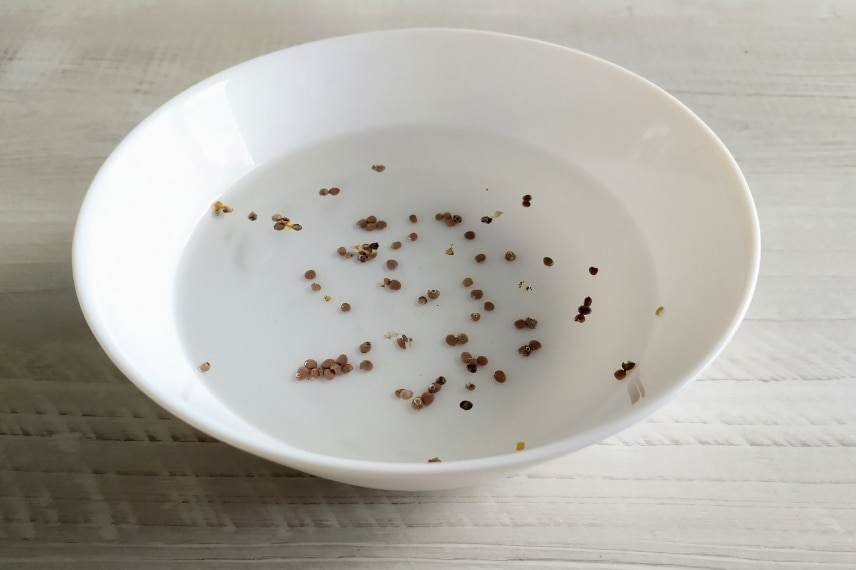
The water bowl test on old radish seeds
Discover other Vegetable seeds
View all →Available in 1 sizes
Available in 1 sizes
Available in 1 sizes
Available in 1 sizes
Available in 1 sizes
Available in 1 sizes
Available in 1 sizes
Available in 1 sizes
Available in 1 sizes
Available in 1 sizes
The seed germination test on damp cotton or a paper towel
The germination test of seeds in kitchen paper or cotton is the most reliable and quickest way to observe if old seeds can germinate. It also allows you to calculate the germination rate. Here are the steps:
- In a dish, place a piece of kitchen paper folded into quarters or a piece of cotton
- Pour a little water so that the paper is damp but not soaked.
- Place 10 seeds on the cotton
- Cover with a second damp cotton
- Place the dish in a preferably dark location at a temperature between 18 and 23 °C inside your home. Be careful to avoid temperature fluctuations! Do not place the seeds near a radiator, fireplace, or refrigerator.
- Check your old seeds daily by lifting the cotton and keeping it moist.
- After a few days, you should see signs of germination. However, be mindful of the germination time for each species: radish seeds generally germinate in 3 days, while parsley seeds will take 20 days.
- To calculate your germination rate based on 10 seeds, multiply the number of seeds that have germinated by 10. For example, for 2 germinated seeds out of 10: 2 x 10 = 20, your germination rate is 20%. For 5 germinated seeds out of 10, your germination rate is 50%, and so on.
- If your rate is above 70%: the germination rate of your old seeds is satisfactory. You can sow them as usual.
- If your rate is between 40 and 60%: the germination rate of your old seeds is average, sow twice as densely as usual.
- If your rate is 30% or less: the germination rate of your old seeds is very low, and it is pointless to sow them unless you add them to a rank of the same recently sown seeds.
- Note that your germinated seeds in the cotton can be planted
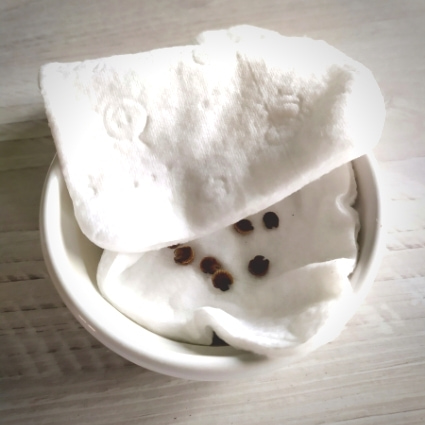
The germination test between 2 cottons
What if the germination test for old seeds doesn't work?
Some seeds need to go through a dormancy phase before the germination phase. We recommend placing your packet of old seeds in your refrigerator for 10 to 15 days to simulate winter. Then, repeat the germination test on damp cotton.
To go further
- You can find our tips for sowing under optimal conditions in our article: Sowing seeds: everything you need to know, our tips and tricks.
- Check out our advice sheet: sowing young plants: where, when and how?
- Making your own seeds, harvesting them and storing them properly
- The storage of young plants seeds
- Subscribe!
- Contents
































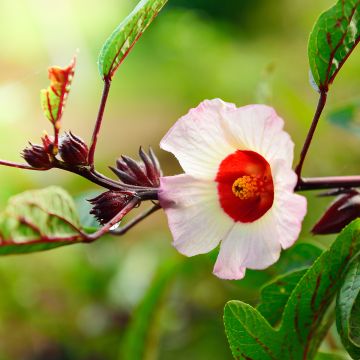
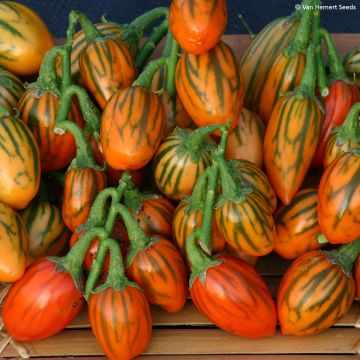
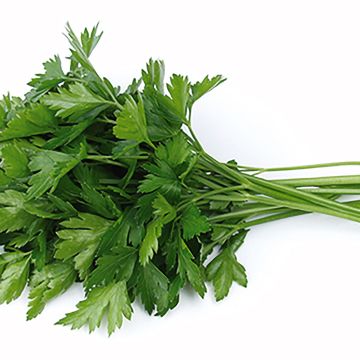
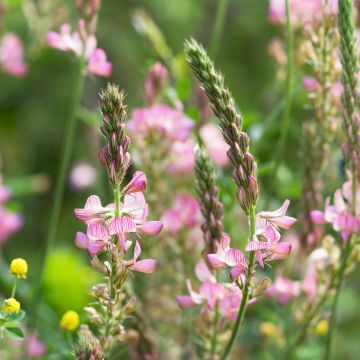

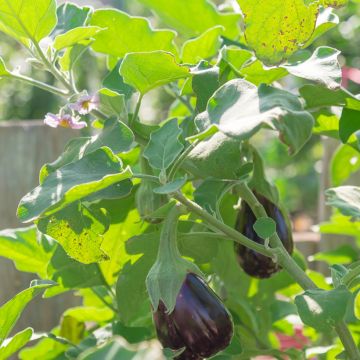
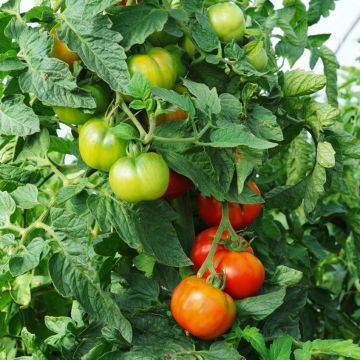
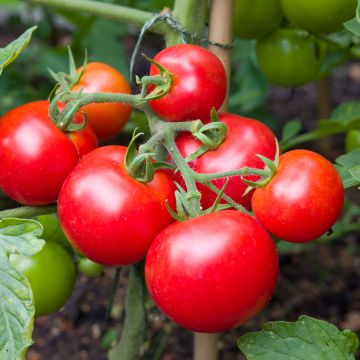
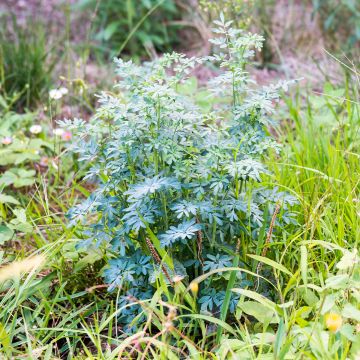
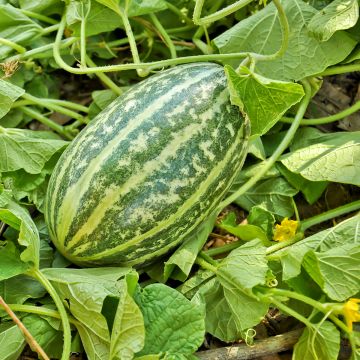
Comments